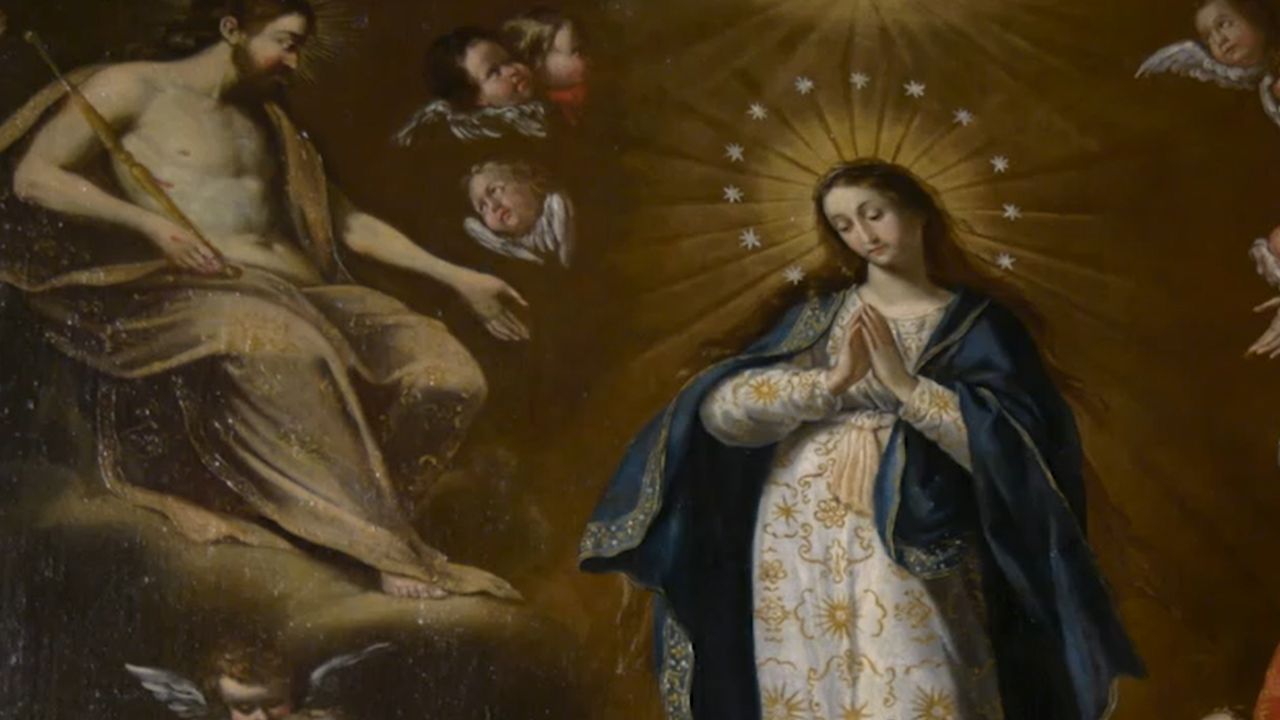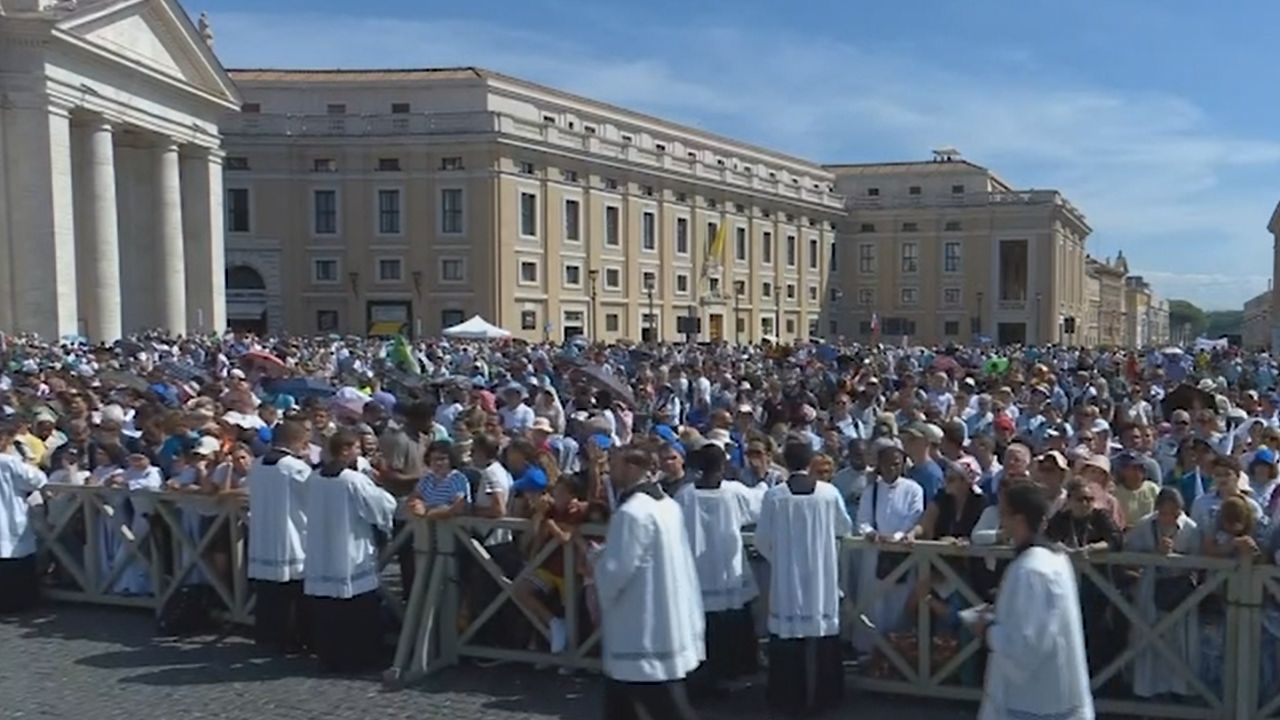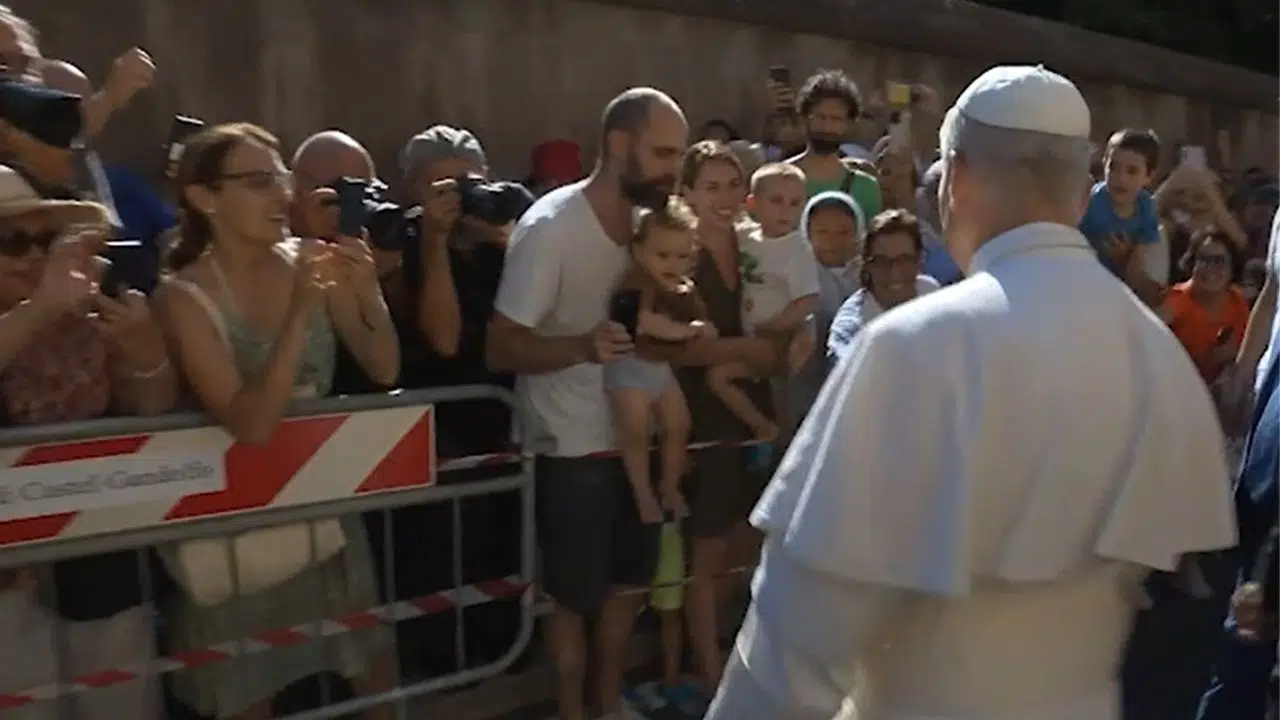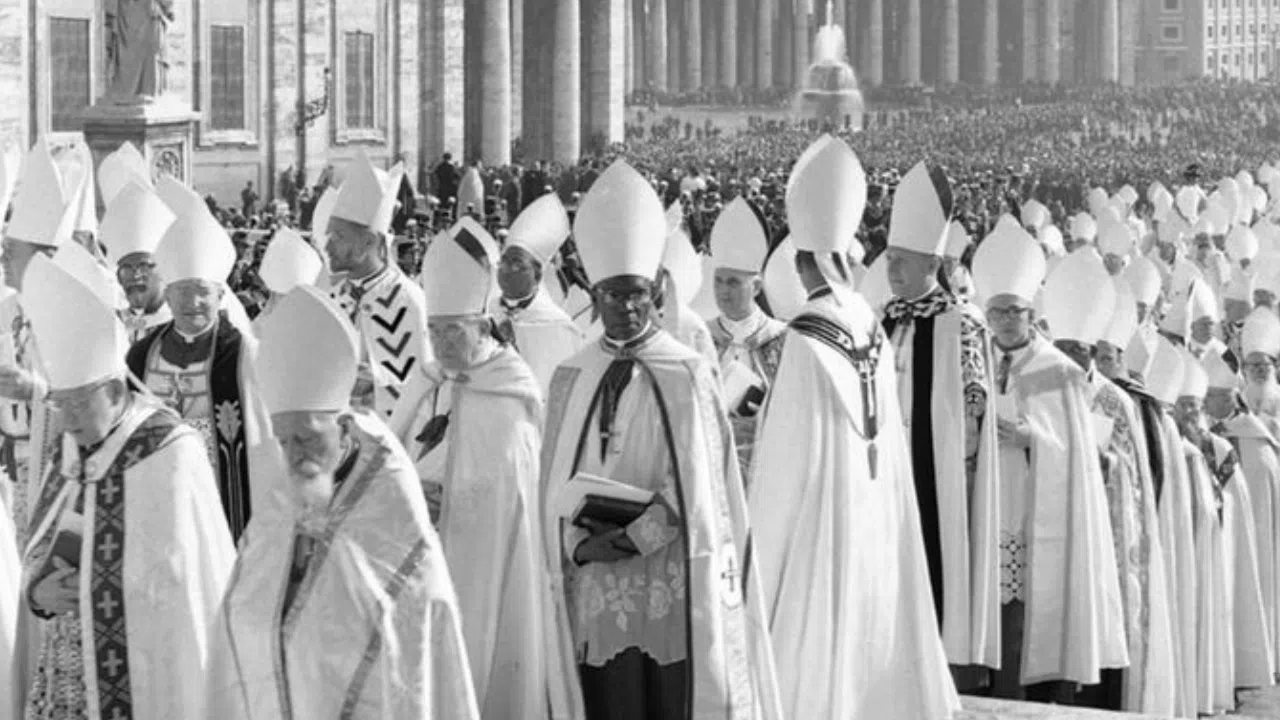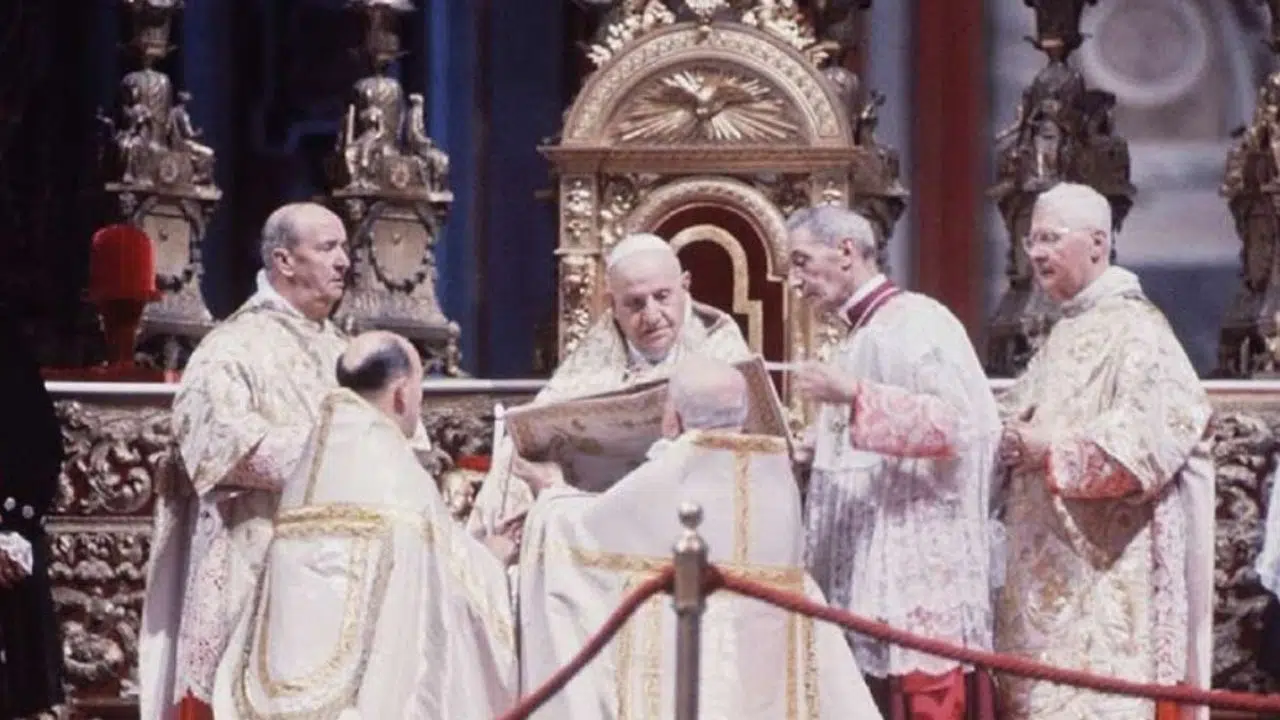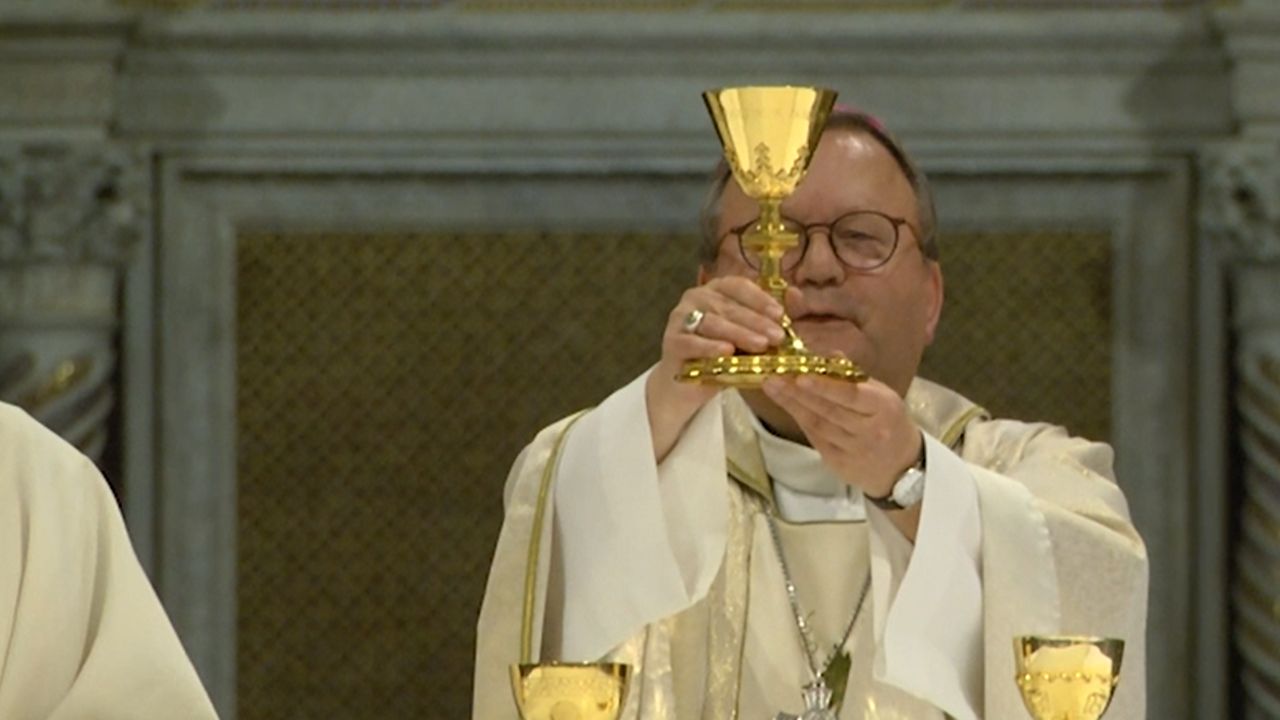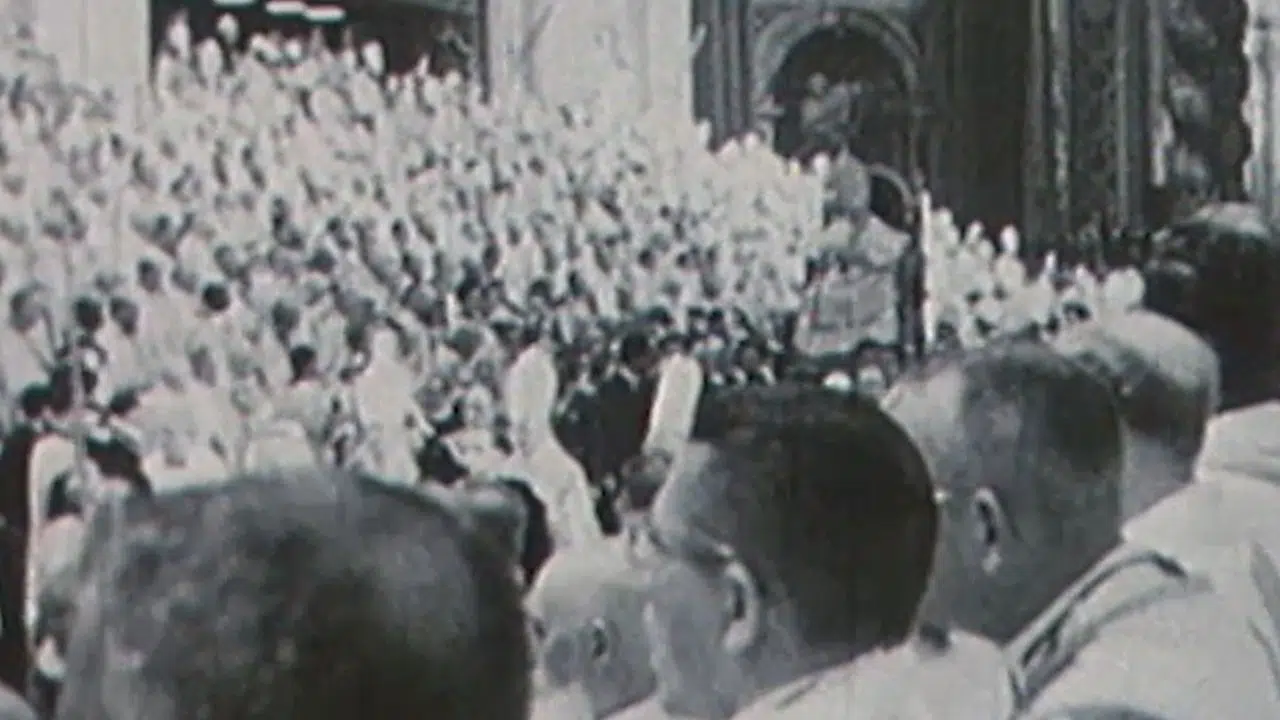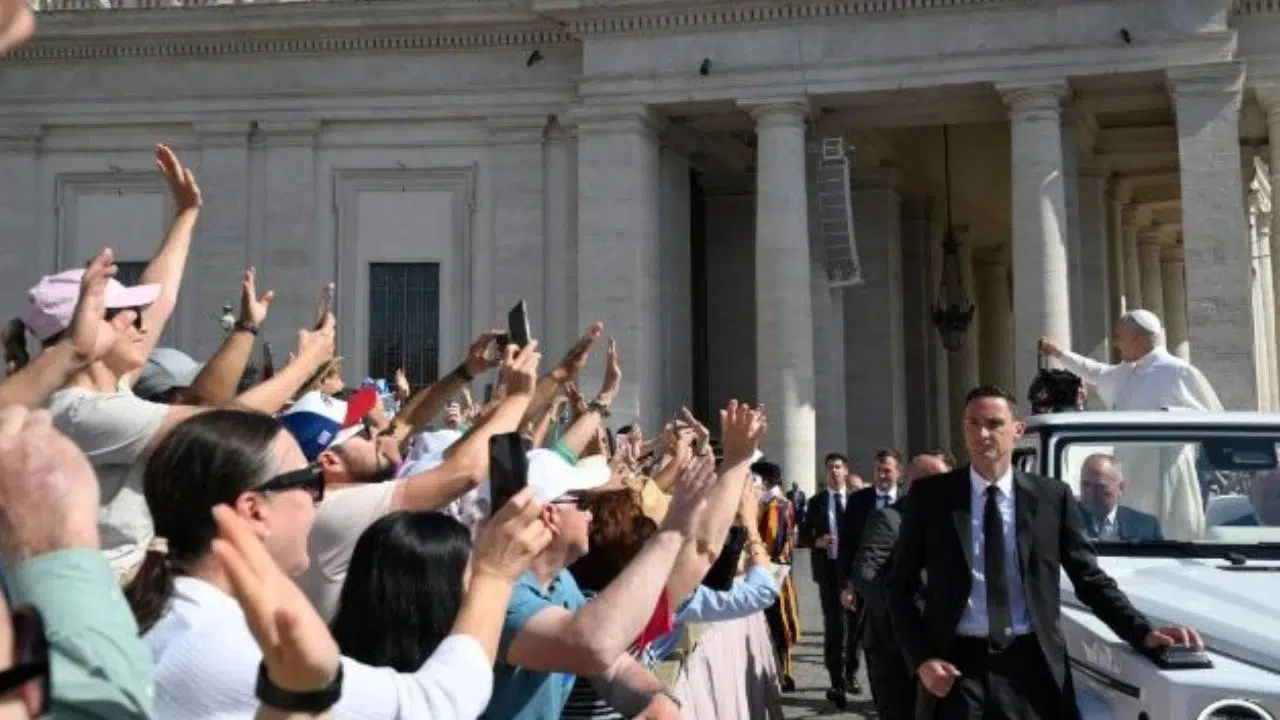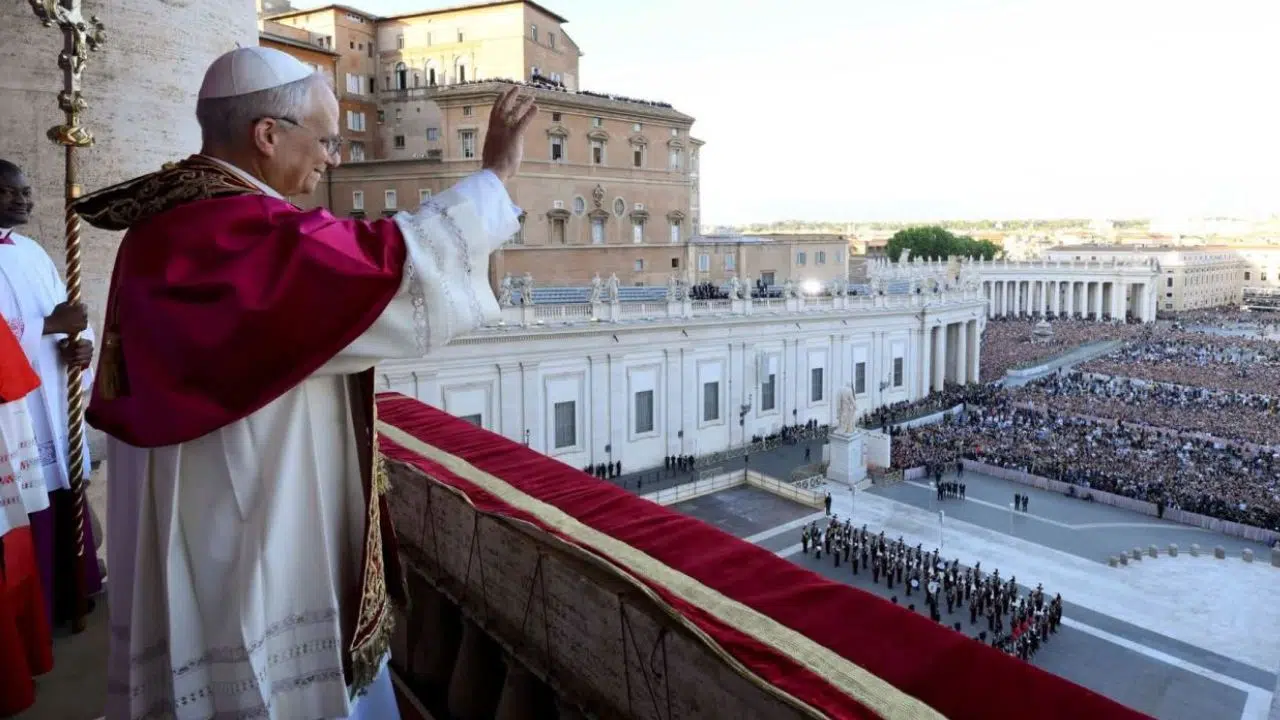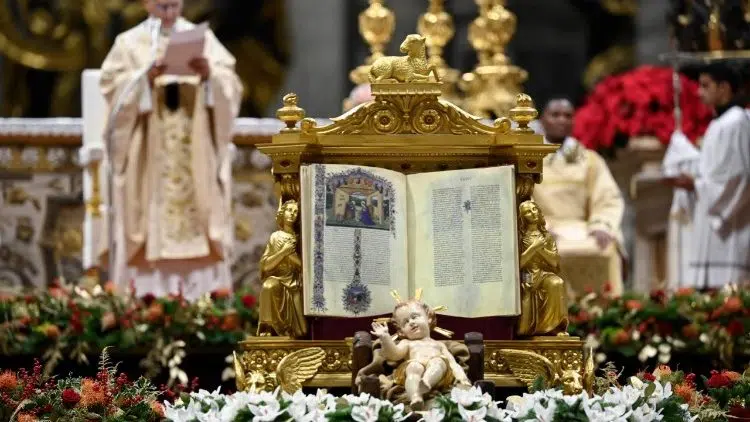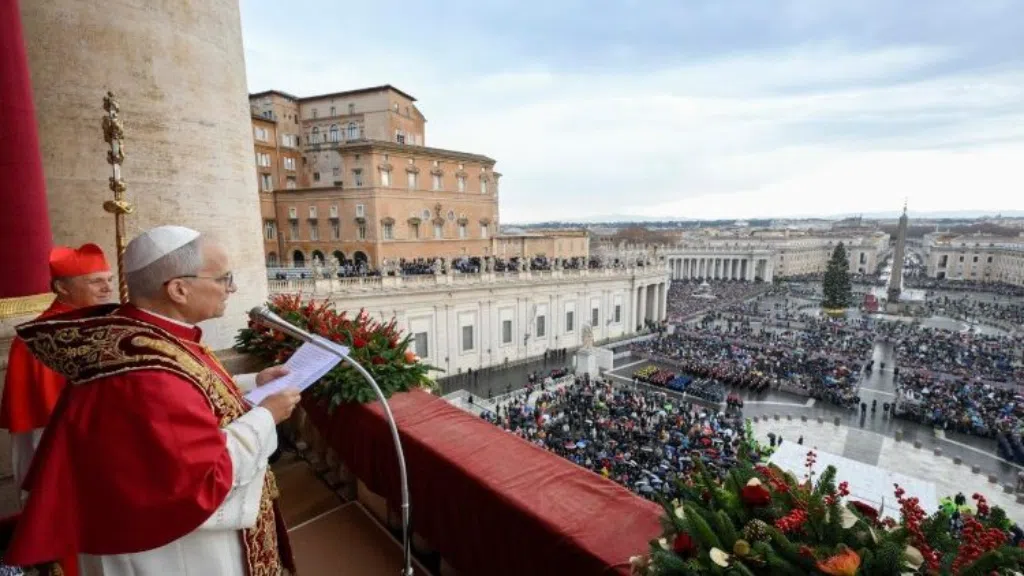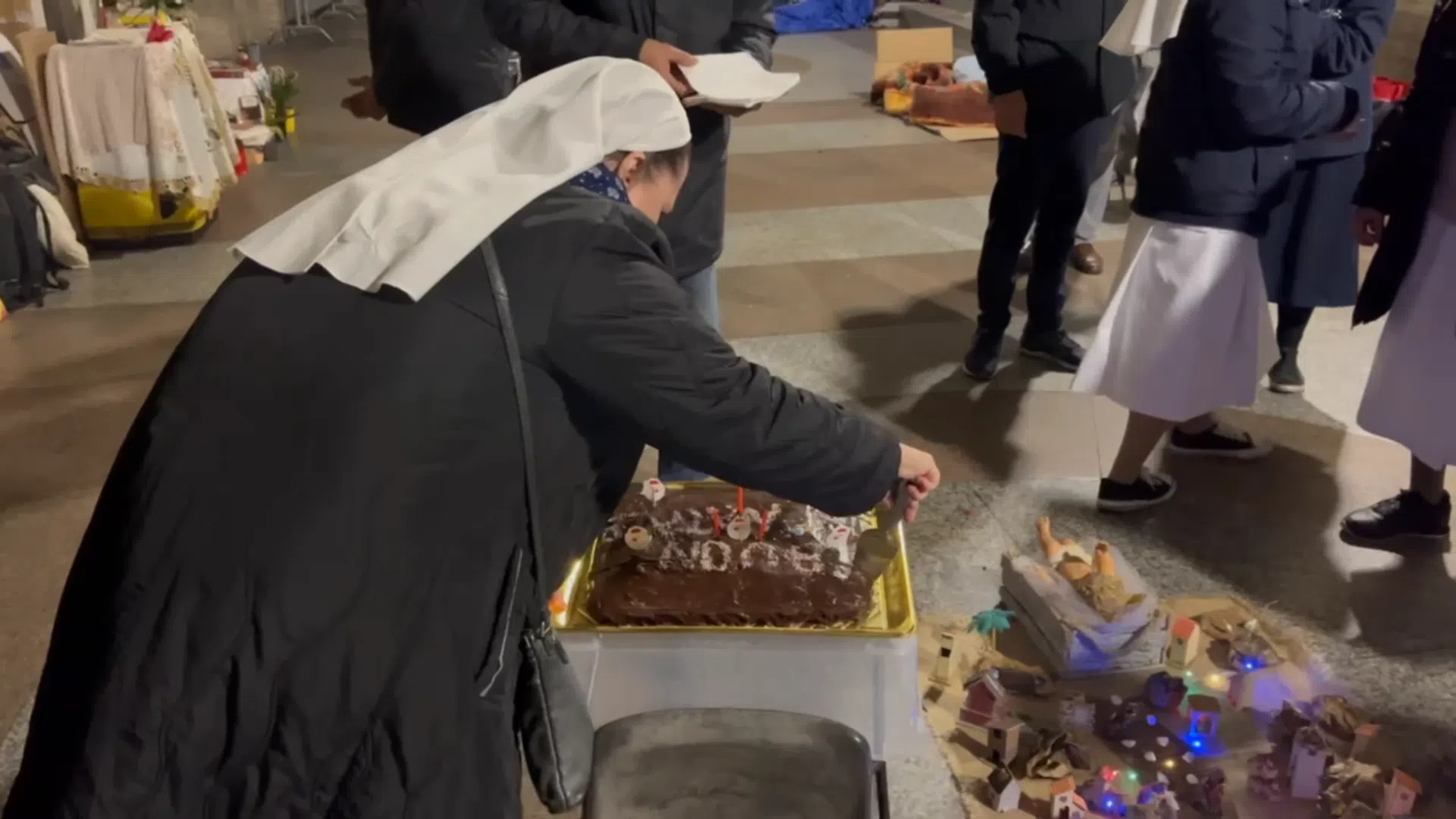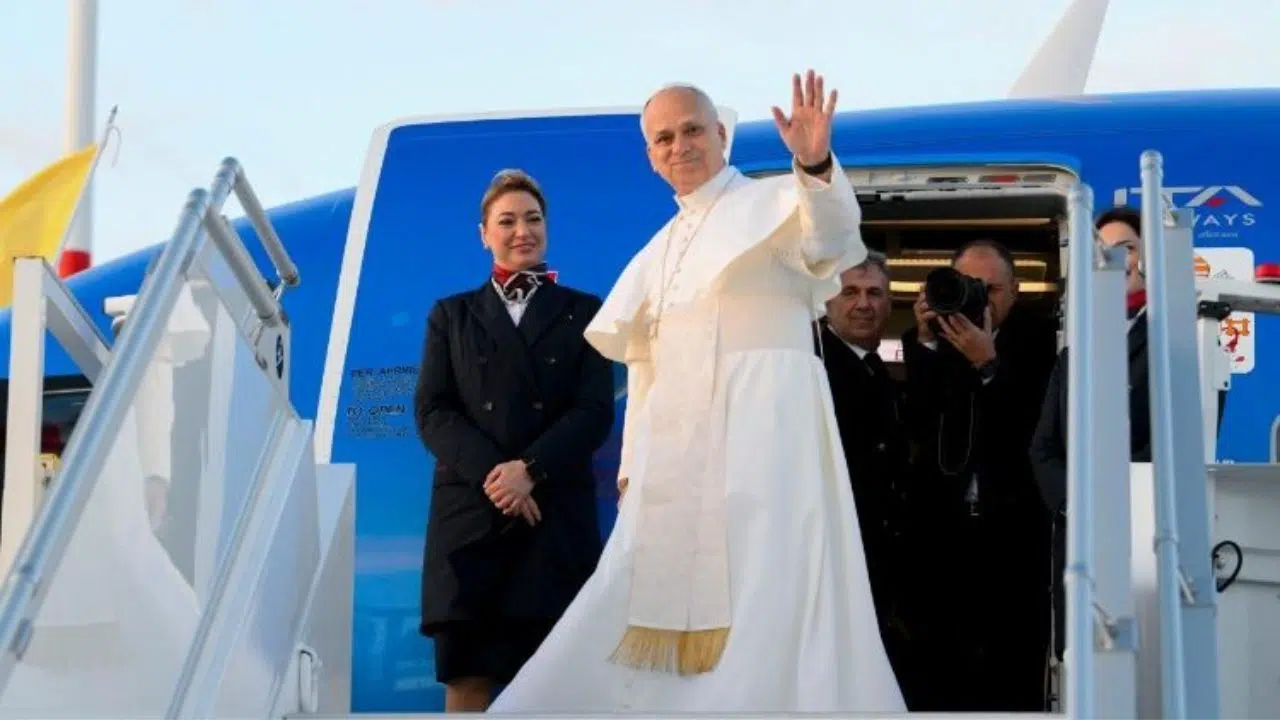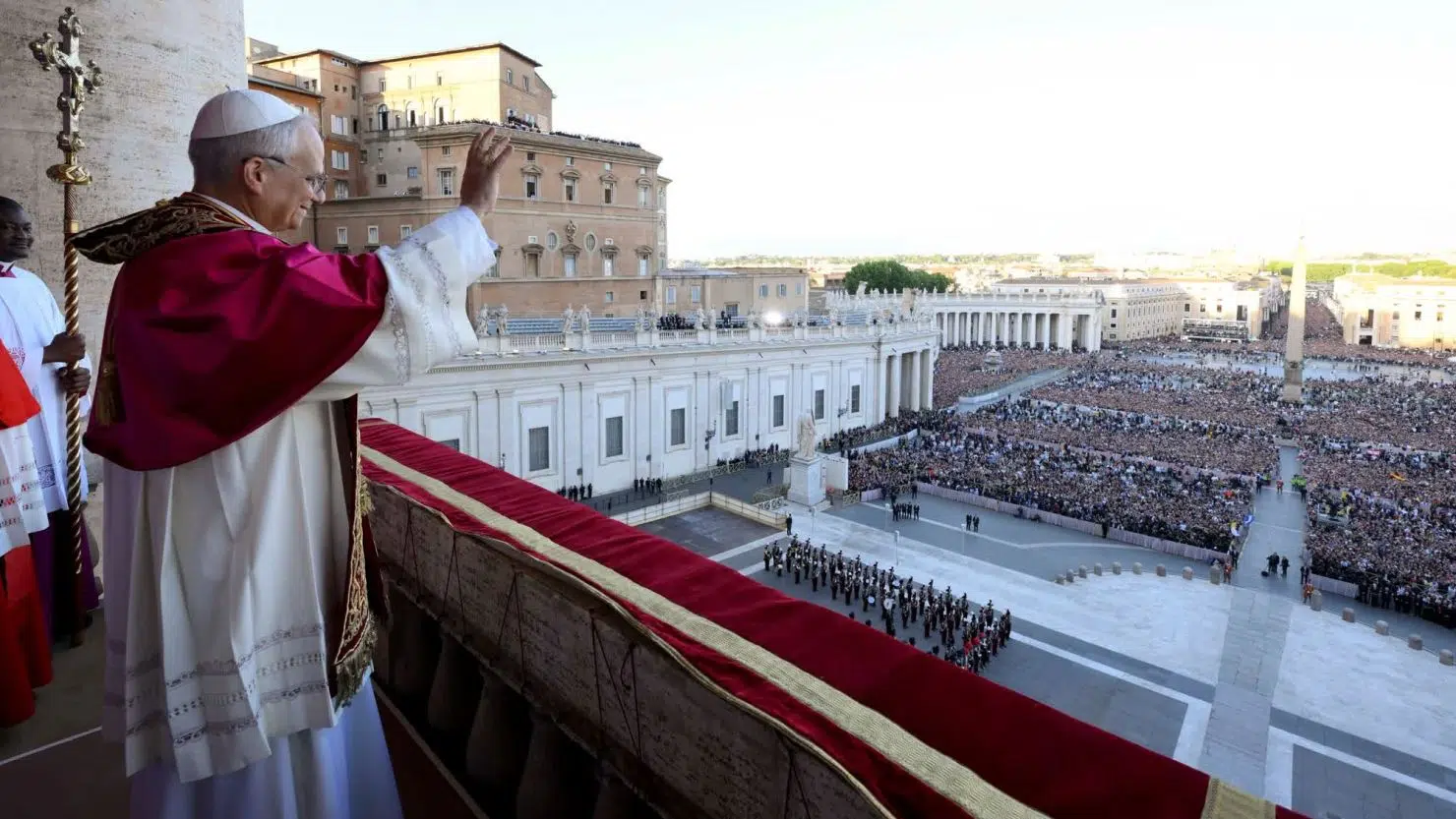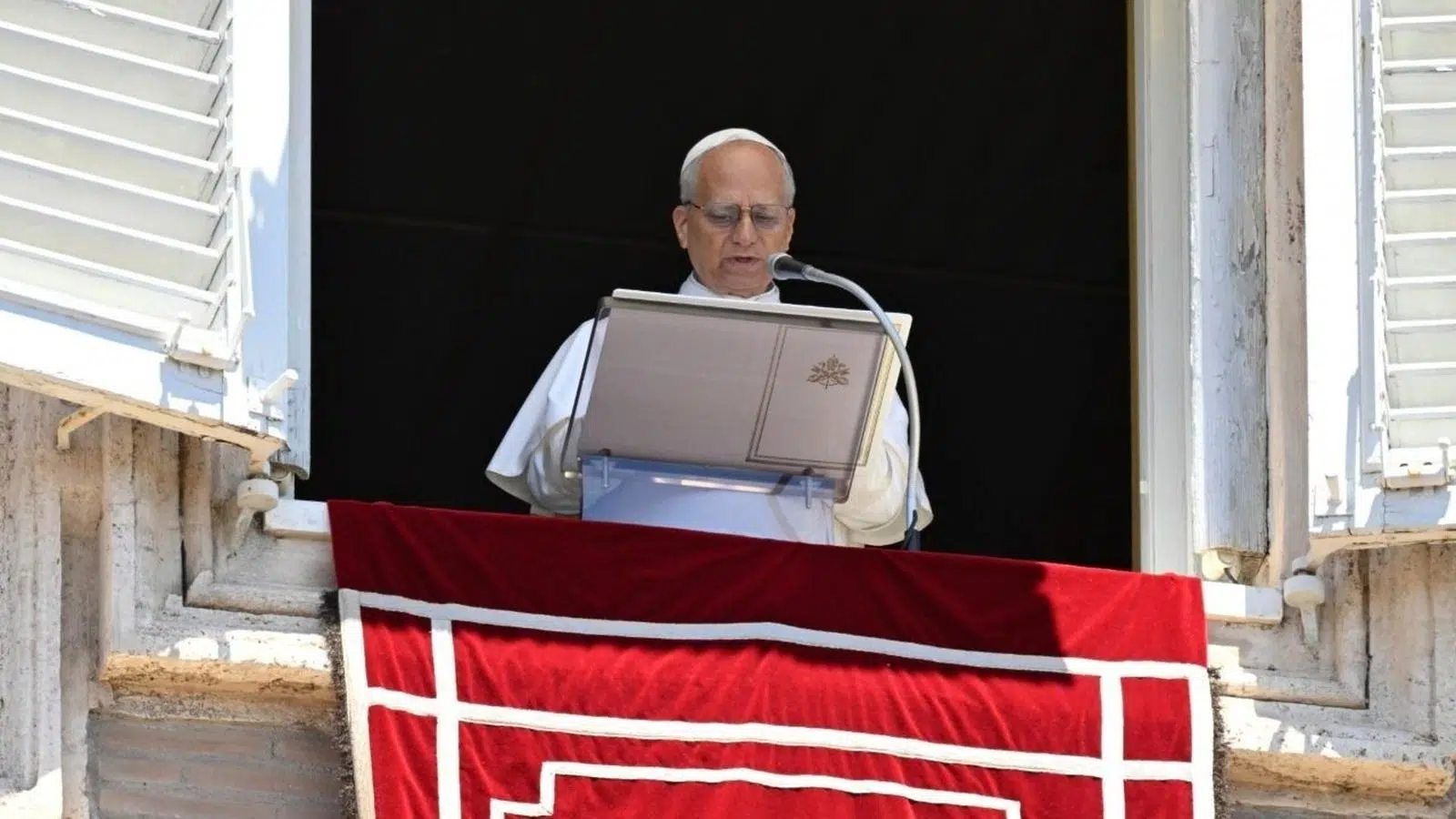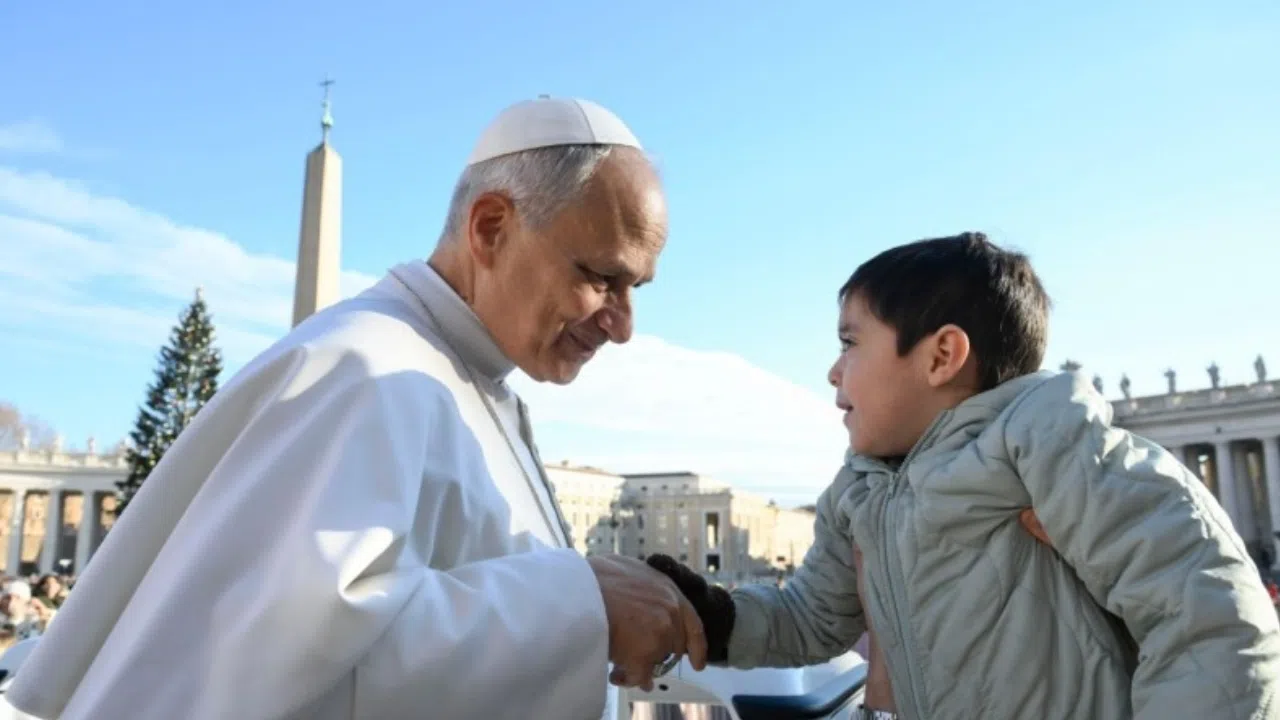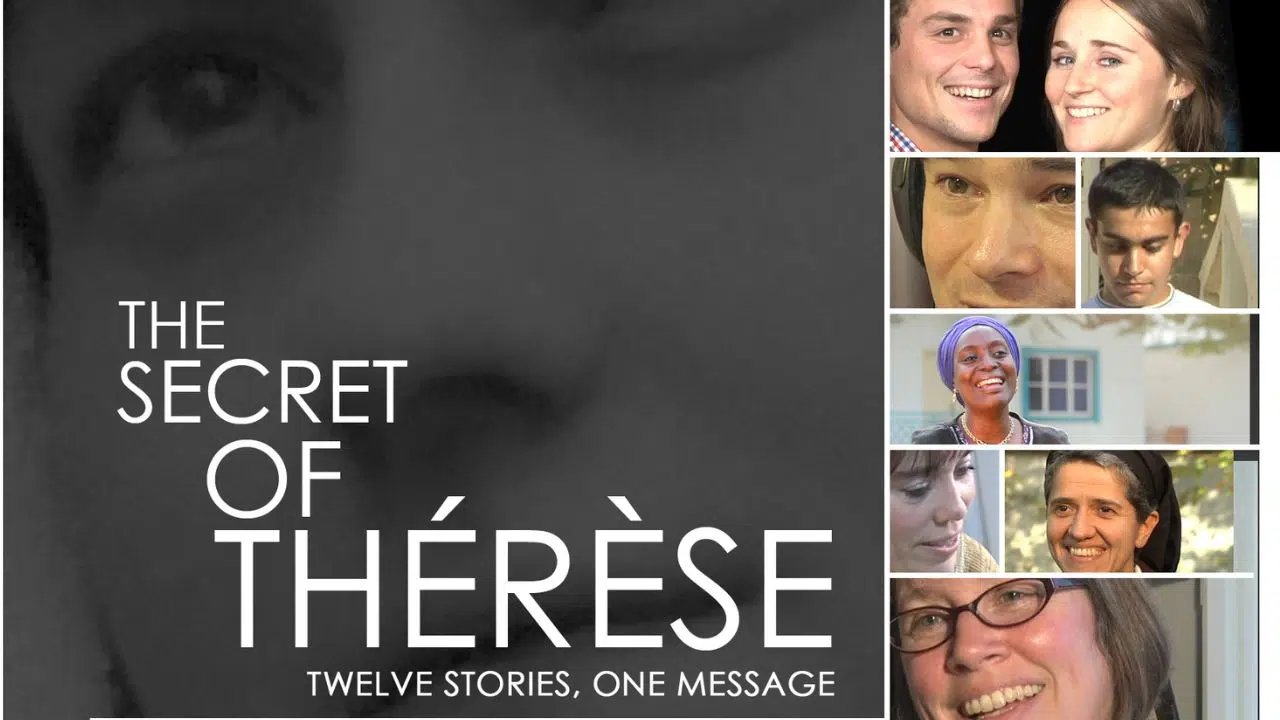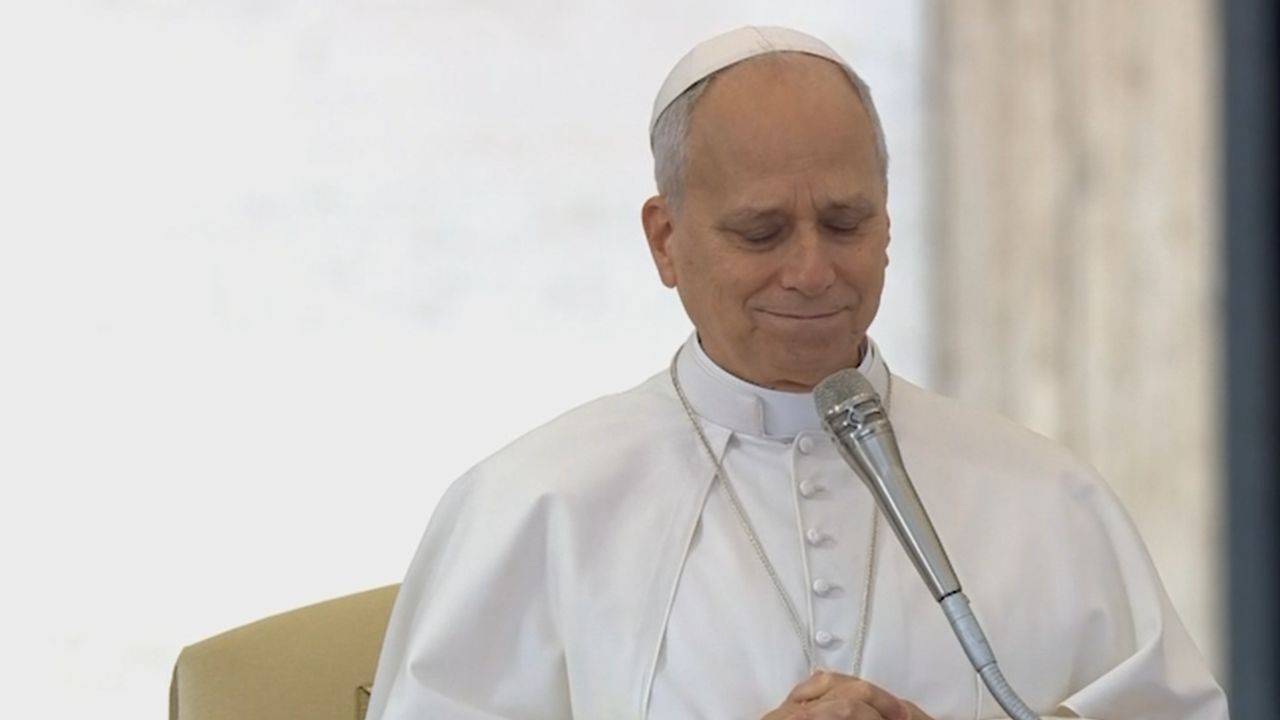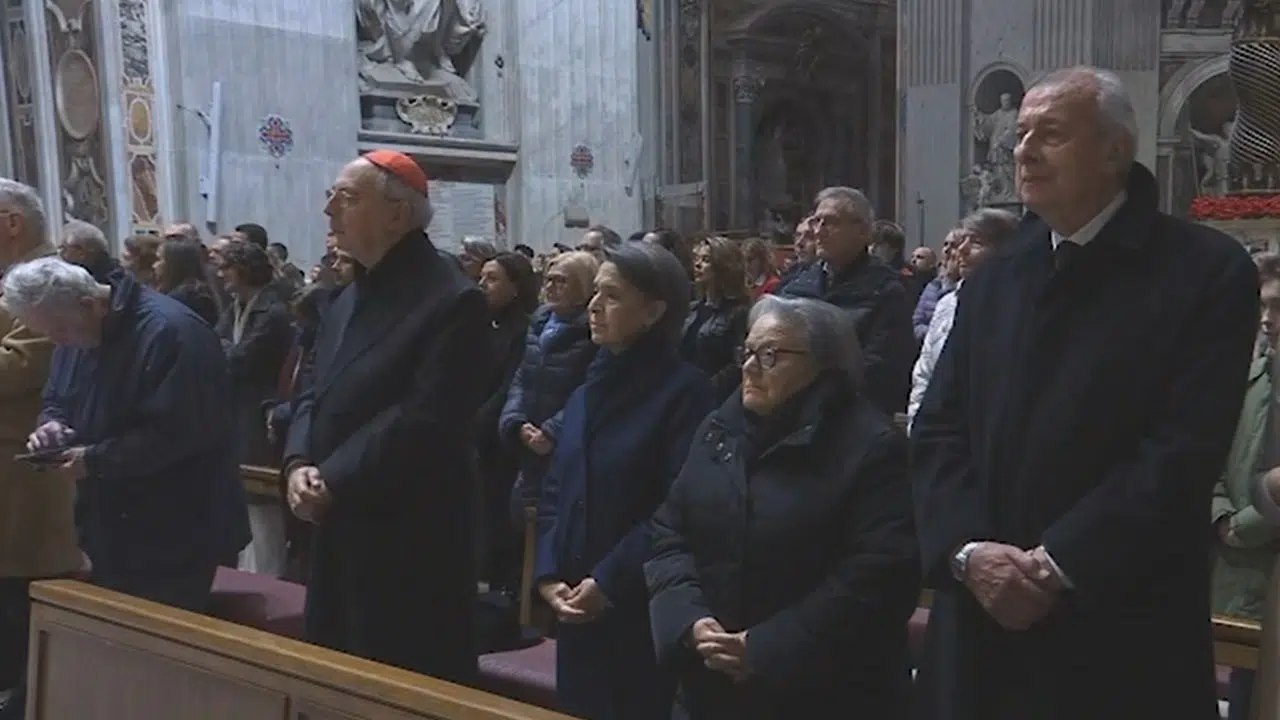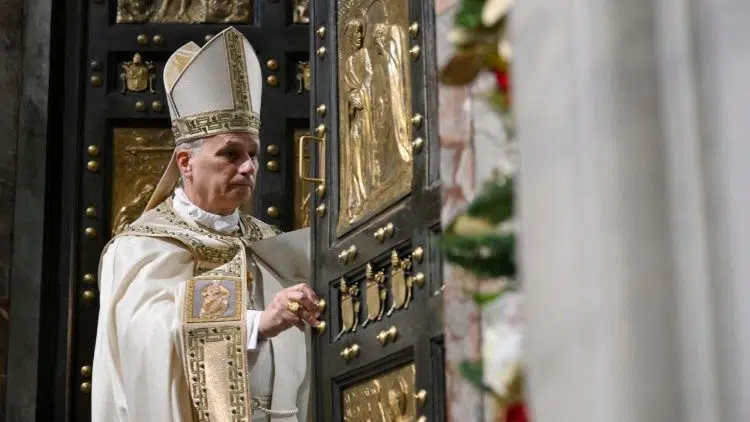At the end of the 1950s, as mass media was expanding and a rising number of households were getting televisions, the Vatican also had to join in the fun. In 1959, Pope John XXIII instituted the Vatican's Film Library.
The institution of the Film Library coincided with the Second Vatican Council, also called for by John XXIII. As media was expanding and the global Church was more-readily available, Italian media (RAI) was able to film much of the Council. Yet, the archives maintained inside today's Film Library date back much further than the late 1950s. The first movie on hand is from 1896, when Pope Leo XIII was recorded walking around the Vatican gardens to prove he was in good health.
From there, media expanded and it became somewhat “normal” to video record the pope. One pontiff in particular took to the screen. Some of these papal images contributed to the around 8,000 titles and films held by the Vatican. Many others were donations.
The restructuring of the building to conserve each of the film reels was around in the late 80s/early 90s. Meanwhile the movie theater was remodeled in 2005. There are 54 new cushioned chairs, replacing the previous wooden ones and new speakers lining the walls, to create more of a theater atmosphere.
It's no secret the Catholic Church is a leader in many aspects such as healthcare, education and also communication. Nearly 90 years ago the very first international broadcasting outlet in the world began, it also was started by the Catholic Church, Vatican Radio.
While most know about the Vatican Museums, very few know another museum lies within Vatican walls, that of Vatican Radio, dating back to 1929.
It was built by Guglielmo Marconi for Pope Pius XI, as a way to get the pope's voice out to the world. Still today, the historical evidence of the early beginnings remain intact, cared for by Vatican Radio staff, like Giorgio Patassini.
While other stations around the world were silenced during the Cold War or World War II, the voice of the Vatican continued to be active, as it was independent.
When the Holy See's radio first began, it was transmitted in English, Spanish, Italian and French. Marconi worked mainly in Italian and English, conducting experiments and growing the radio capabilities within the Vatican.
From the very beginning, until now, in the middle of their reform process, the radio has continued.
